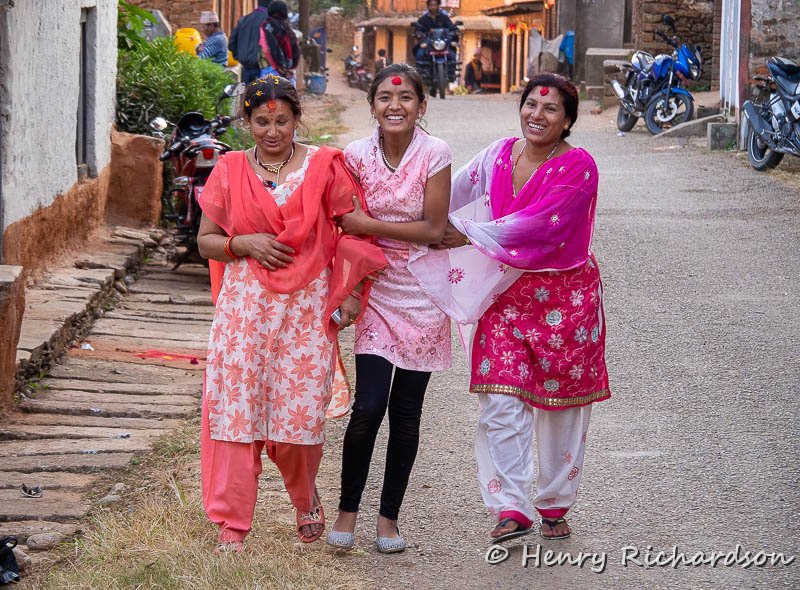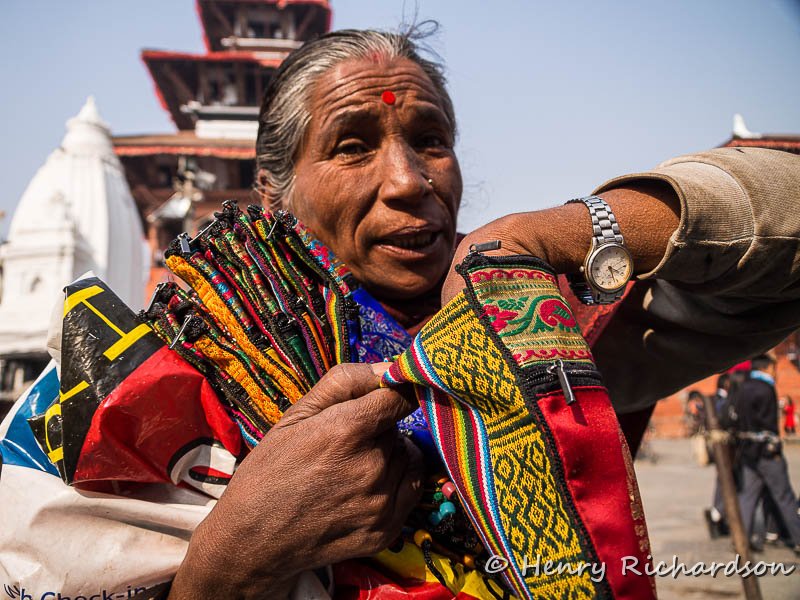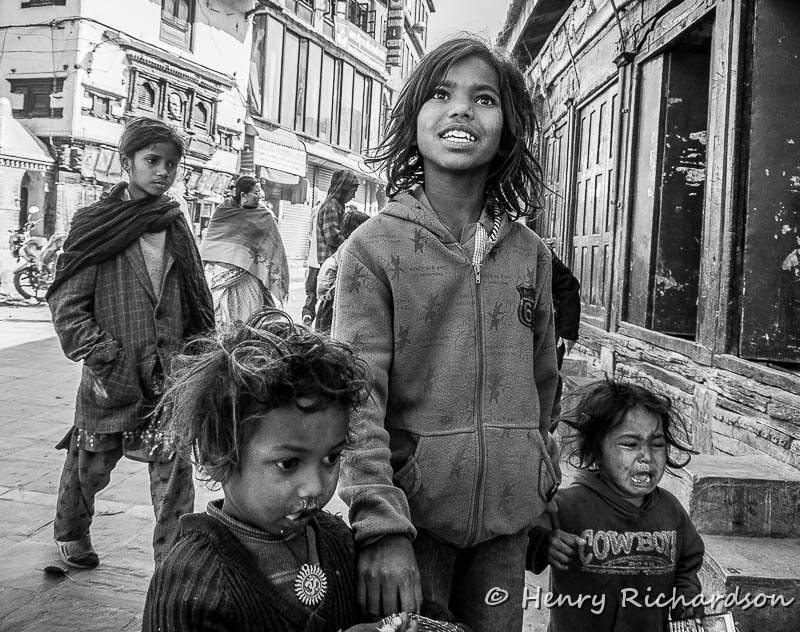In my experience the order of satisfying scans are, best to worst:
1. B&W negatives
2. Color slides
3. Color negatives
The most satisfying scans are of B&W negatives. You don't get the benefit of the automatic dust/scratch fixer that uses the infrared channel with B&W film though so they are a lot of work to fix up, but you don't have to be concerned about color. Getting very good color from a scan, especially a color negative scan, is difficult. Also, with B&W negatives you usually don't get the muddy/ugly/blotchy shadow areas that you often get with color negatives. Kodachrome slide scans are worse than scans of E-6 slides (Fujichrome, Ektachrome) and you can't use the infrared channel to get automatic fixing of dust/scratches. Color negatives are the worst. The dark areas are often muddy/ugly/blotchy and the whole image is grainier, but not good looking sharp grain like with B&W negatives. It is a blotchy, ugly grain with color negatives. The film base color (depending on film it is various shades of orange or pink) makes getting good color a real chore. Even when selecting the proper film type in Vuescan the result is not usually as good as with color slide scans. And even color slide scans often don't have color that is as good as the actual slide. By the way, I have a few C-41 B&W negatives (Ilford XP2) and they also don't scan so great. No color issues, but the grain is like the color negatives and the shadows are muddy/blotchy.
Back during the late 1990s there were people on the internet claiming that color negative film scanned much better than color slide film. I don't recall all that was claimed, but I think it had to do with lower Dmax or something like that. I started shooting more color print film then because I expected that I would want to scan it later. I sure regret that. I suppose that is what you get when you listen to the internet "experts" who think they know the theory without having real experience. :-) This is the film I have been scanning:
B&W negatives:
Kodak Plus-X ASA 125
Kodak Tri-X ASA 400
Fuji Neopan 400 ASA 400
Ilford XP2 ASA 400 (C-41 process)
Color slides:
Kodachrome II ASA 25
Kodachrome X ASA 64
Kodachrome 25 ASA 25
Kodachrome 64 ASA 64
Kodachrome 200 ASA 200
Ektachrome X ASA 64
High Speed Ektachrome ASA 160
Ektachrome Elite 100 ASA 100
Ektachrome Elite 400 ASA 400
Fujichrome Velvia ASA 50
Fujichrome 100 ASA 100
Fujichrome 400 ASA 400
Fujichrome Sensia 100 ASA 100
Fujichrome Sensia 400 ASA 400
GAF 500 ASA 500 (I used only one roll of this for some indoor photos during Christmas 1974)
Color negatives:
various Kodak, Fuji, and Agfa films ranging from ASA 80 to 400
Okay, after all of the above I will finally get to my main point. :-) The quality of the raw files from the 10mp tiny sensor in my Canon S95 are so much better in every way. Although some may say the dynamic range is less, maybe a lot less, than color negative film I have found that in practical terms it is much better. As long as you are scanning to convert the analog film to a digital file then the result, in my experience, is less usable dynamic range than what I can get by shooting in raw with a tiny sensor digital. I can shoot for the highlights and bring up the shadows with the digital and still get better results than scanning color negatives. The color is also so much better it isn't even worth comparing. The noise/grain is also so much better it isn't worth comparing. The S95 at ISO 1600 or 3200 is probably better than scanning ASA 100 color negative film. Actually, even jpegs are better too. Another actually: my old 5mp Minolta D7i is better. I would much rather have a 5mp jpeg from the D7i than a 10mp scan of a color negative (also a color slide). Oh, the 10mp file from the scanner probably has no more than 5mp of real, useful data in it for most color negative scans since they are pretty noisy/grainy. The Scan Elite is a pretty good film scanner (cost me $1085 several years ago) and Vuescan gets even more out of it. I always scan using multi-sampling to reduce noise a bit more. A different scanner in some cases might be marginally better, but not much. It is just the limitations of converting analog film to digital.
This post isn't meant as a complaint. It is just meant to remind us how much better digital is than 35mm film converted to digital. Not just a bit better, a whole lot better. Even a digicam is so much better. (Of course, a digicam's handling isn't anywhere near as good as a nice 35mm SLR and you have less control of dof, but those aren't the things I am talking about.)
I use Vuescan to create RGBI 64-bit raw scan files. The result is a 10mp raw file (4000x2688 pixels) that is about 84mb uncompressed. I did a bunch of scans before I realized that I had forgotten to select the compress raw option. With raw file compression the file sizes are generally 50-60mb. I have about 420gb of raw scan files right now. Someday, little by little, I will run Vuescan again using the raw file as input and create an output tiff file. Then use Photoshop to work on, clean up, etc. and finally import it into Lightroom. This is something that will take years, but can be done without access to the slides/negatives or scanner -- I can do it anywhere. It is a lot of work and is not interesting to do at all. I have done that for about 1600 of the files so far and have imported them into Lightroom. I have close to 10,000 raw scan files and I doubt if I will ever prepare all of them, but whenever I have nothing to do I can do a few more.
The actual scanning time when using a dedicated film scanner is the trivial part. The preparation for scanning (getting everything together, examining them with a 10x loupe on a lightbox, trying to determine whether I already have scanned this image years ago, selecting, taking negatives out of the plastic pages, cleaning, inserting in the holder, trying to get them properly lined up in the holder, scanning, and then taking out of the holder, putting the strip back in the page, etc.) is what takes so much time. The easiest to scan though are color slides by a very wide margin. Dealing with strips of negatives is a real pain in the butt. Some are curled a bit so hard to get properly lined up in the holder and also even if you want to scan only one you have to load all of the frames in the strip. Selecting film to scan using the loupe and lightbox is much easier with slides than negatives too.
Happy New Year and Best Wishes for 2014!
Over 10,000 35mm slides and negatives scanned! -- Part 2
Update on scanning color negatives -- Part 3


